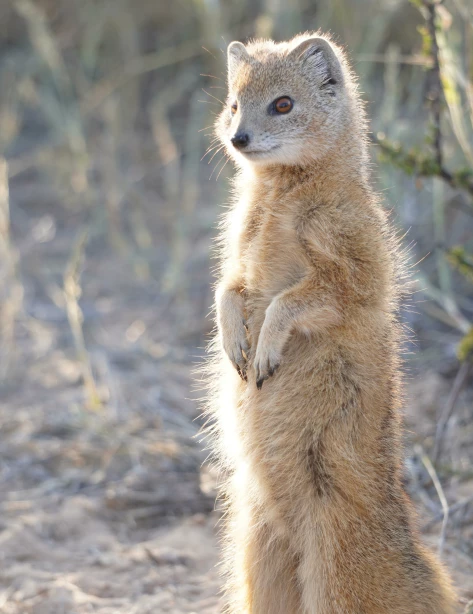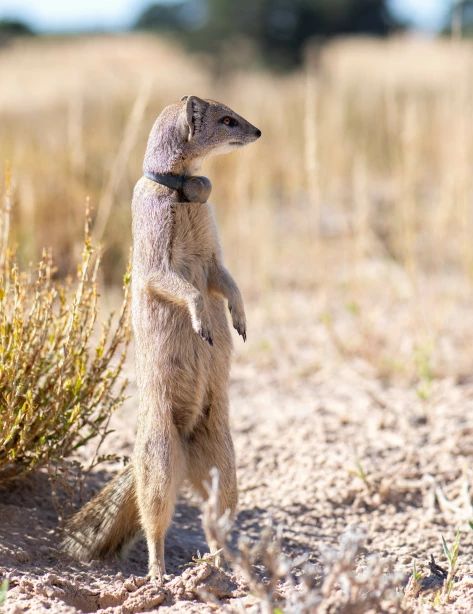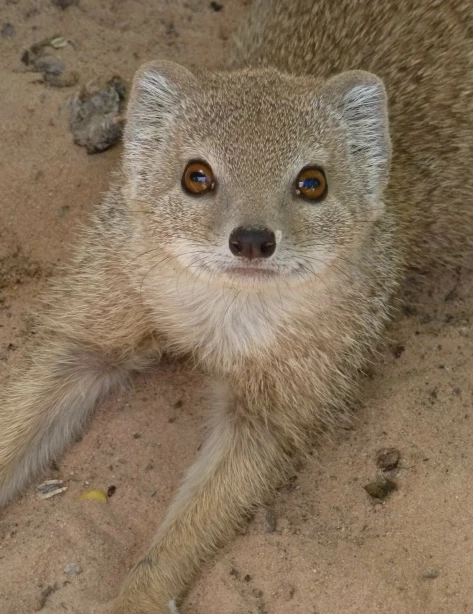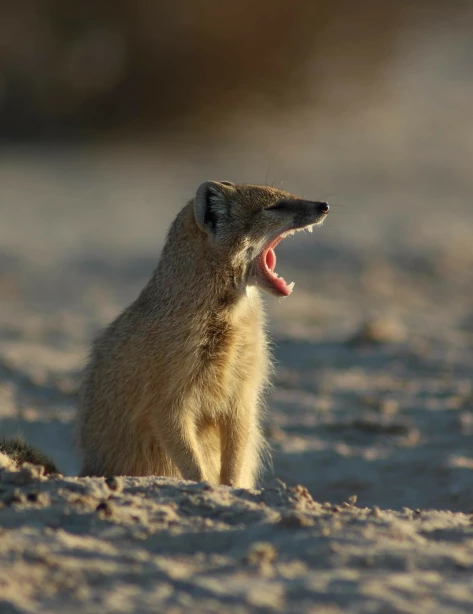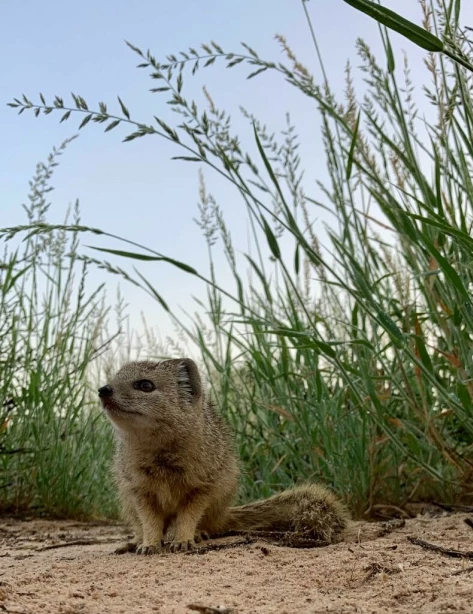Main Research Questions
Our research on vocal communication focuses on vocal ontogeny, call repertoire formation, alarm calls, and the social influences on vocalizations. Data collection methods include audio recordings, audiocollars, microphone recordings and playback experiments, allowing us to study the communication systems of yellow mongooses across all age categories.

